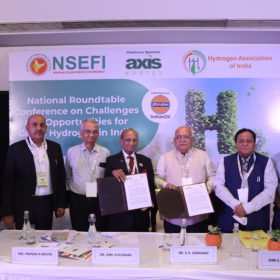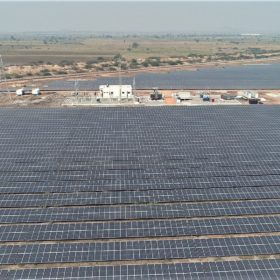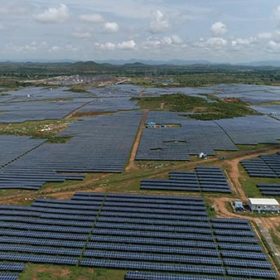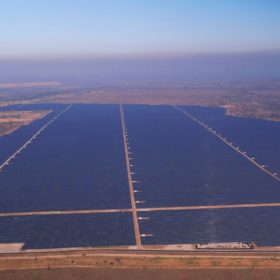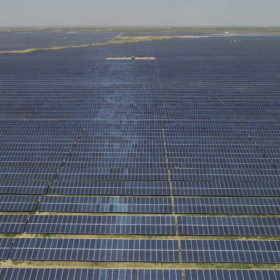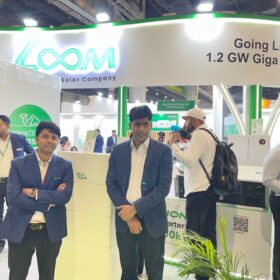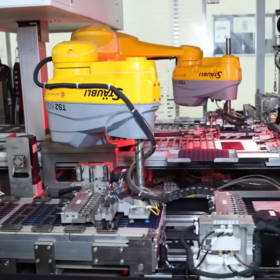NSEFI, HAI launch Green Hydrogen Consortium of Indian Industry
Through this initiative, the National Solar Energy Federation of India (NSEFI) and Hydrogen Association of India (HAI) will drive the industry response to promote indigenous manufacturing, advocate policy measures, and support pilot projects while facilitating industry-academia collaboration.
Investment cycle means race is on to incentivize green hydrogen
A report published by Irena hints the world’s politicians will have to get to work immediately to avoid another generation of fossil fuel-fired hydrogen, ammonia, and methanol plants being set up to run into the second half of the century.
India installed 1.2GW of open-access solar in 2021
With that, the nation surpassed a cumulative 5GW of “open-access” solar generation capacity by the end of December.
AP High Court order upholding the sanctity of solar PPAs a positive news but timely implementation remains critical, says ICRA
In the matter of power purchase agreement (PPA) tariff renegotiation, the high court of Andhra Pradesh has directed the state discoms to honor the PPA terms and clear the pending payments to solar and wind power developers within six weeks from the date of the order. The incremental impact on power purchase cost for the AP discoms is estimated at about INR 10,500 crore, due to the build-up of dues arising out of the difference between the PPA rate and interim rate over the last three-year period.
Ukrainian energy company restarts grid generation from its solar parks
Clean energy facilities have been ordered offline in the nation since Thursday as the national grid ran an exercise to establish how it would function in isolation from the power networks of Russia and Belarus.
Rajasthan to host 1.8GW of new solar parks in Jaisalmer and Bikaner
The Indian State of Rajasthan, with 10,560MW of installed solar power capacity, will have an 800MW solar park in Jaisalmer developed through Rajasthan Power Generation Corporation. Rajasthan Solar Park Development Company, a Rajasthan Renewable Energy Corporation subsidiary, will build a 1,000MW solar park in Bikaner.
India installed 10 GW of solar in 2021
India recorded the highest ever annual solar installation in 2021 despite a rise in component costs.
Building a sustainable, vertically integrated solar manufacturing ecosystem in India
A new report by JMK Research and IEEFA says Indian solar manufacturers need to create a strong foundation for sustainable development overall by integrating raw materials and impetus to R&D in their plans, rather than focusing solely on output.
Bangladesh Army signs 1GW solar deal for training base
American power company Eleris Energy has agreed to construct five 200MW solar plants on the Swarna Dweep island administered by the army and used for training exercises, with the capacity due online within five years.
Power ministry notifies green hydrogen policy
The Green Hydrogen Policy is designed to promote green hydrogen and green ammonia projects with provisions like 25-year waiver of inter-state transmission (ISTS) charges and ISTS connectivity on priority for renewable energy capacity set up for the purpose.
